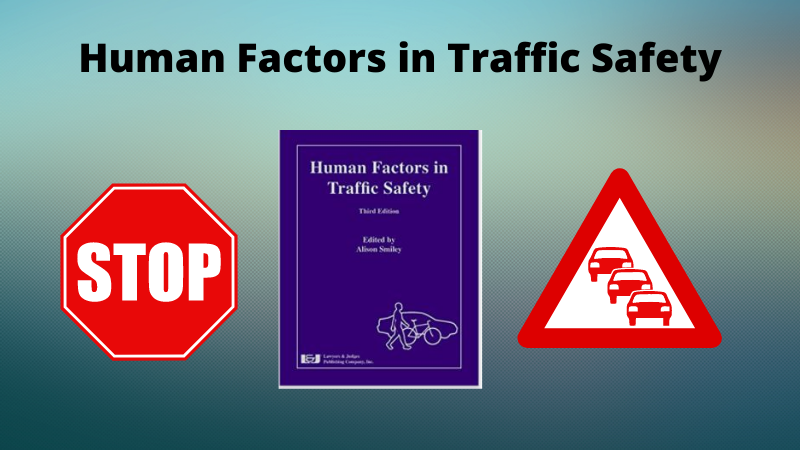There are more than 175 million driver's licenses in the United States. Combined with many pedestrians, cyclists, motorcyclists, and other road users, this creates an interesting mix of items with very different characteristics.
Transporting these agents efficiently and safely to their destination is a major challenge, especially in densely populated areas.
The Human Factors of Road Safety, Third Edition, provides guidance on how to identify these factors in crash investigations.
The authors show how vehicle and road designers have historically not taken into account the full range of road user characteristics.
This book describes the significant improvements in design principles and standards that have been made over the years through the collaborative efforts of stakeholders interested in road and vehicle design and its impact on road safety.
Most importantly, this book presents the behavior of road users.
Driver limitations and driver or pedestrian errors are major causes of road accidents and contribute to about 90% of road crashes. However, driver behavior is often the most complex but least understood component of a road system. It covers a variety of perspectives on human and driver behavior, from the design of roads, vehicles, and traffic control equipment to the emotional and motivational determinants of driver behavior.
Several road safety experts have contributed to this book to provide a comprehensive introduction to the human factors associated with driver and pedestrian behavior and road safety.
This new edition has been significantly revised. All chapters have been edited and updated to include new chapters on aggressive driving, intersection collisions, positive steering, and the road safety culture model.
If you are in some way involved in accident investigations or promoting traffic safety, this book is an important part of your library.



Comments
Post a Comment